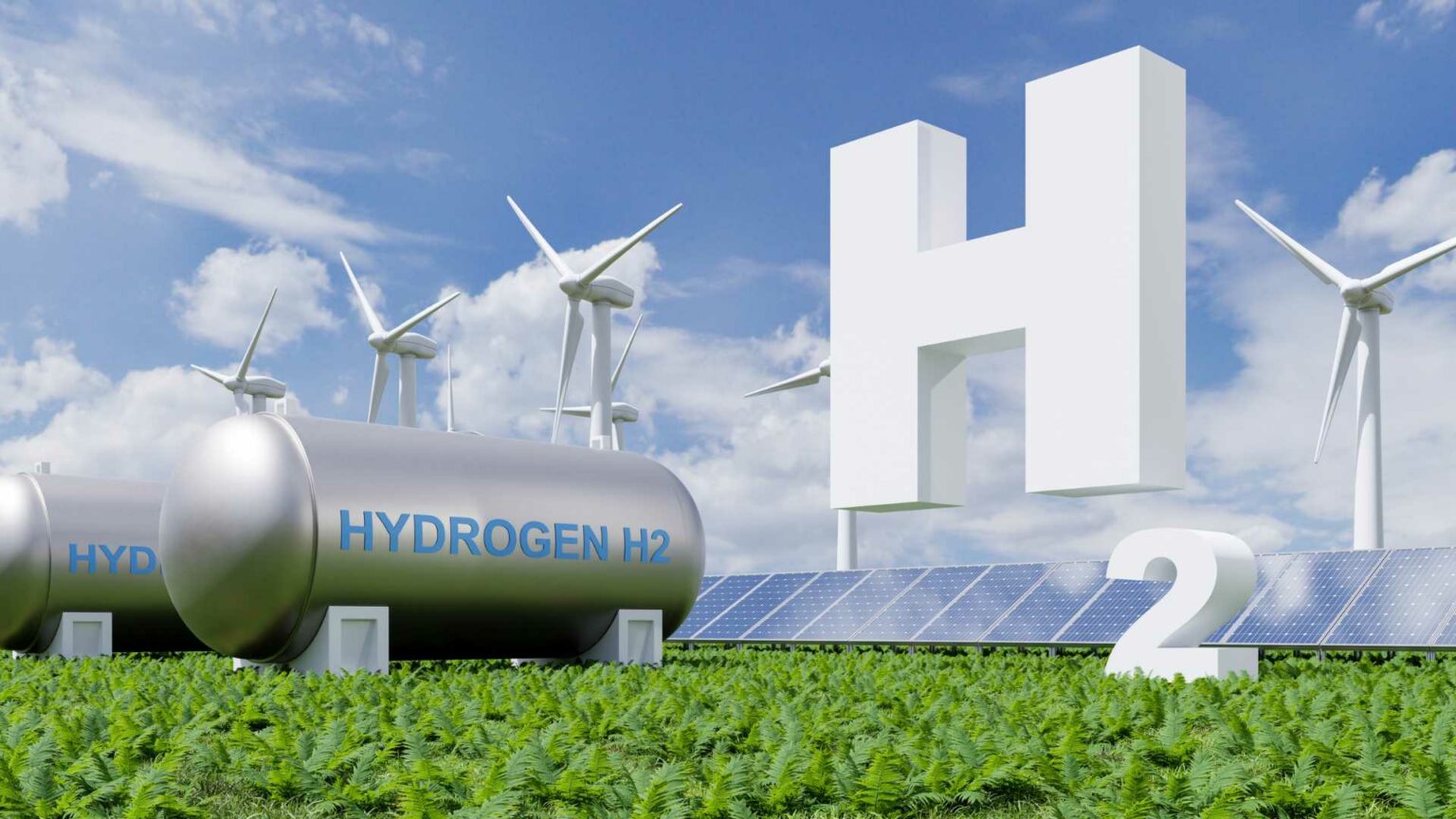Siemens Gamesa Renewable Energy filed a patent for a new wind turbine designed specifically for a hydrogen-generating wind farm.
This innovation represents a significant step toward integrating wind power and hydrogen production, aiming to enhance the efficiency and effectiveness of renewable energy systems.
The patented wind turbine comprises several integral components: a tower, a nacelle rotatably attached to the tower’s top end, and a rotor within the nacelle equipped with blades to capture wind energy. A generator, mechanically linked to the rotor, transforms this kinetic energy into electrical energy. Unique to this design are its hydrogen inlet and outlet, connected to a compressor system specifically tasked with increasing hydrogen pressure from an import pipe to an export pipe.
This setup distinguishes itself by seamlessly incorporating hydrogen compression within the wind turbine structure, potentially enhancing the efficiency of hydrogen transport and storage processes. Traditional systems often require separate facilities for hydrogen compression, leading to inefficiencies.
Potential Applications
The primary application of this technology is in hydrogen-generating wind farms. These systems can be deployed in areas with suitable wind conditions to generate electrical energy, which is then used to produce hydrogen. The high-pressure hydrogen can be exported for various uses, including fuel cells, industrial processes, and hydrogen refueling stations.
Technical Specifications
The wind turbine features:
– Tower and Nacelle: Standard wind turbine components designed for optimal wind energy capture.
– Rotor and Blades: Advanced rotor design to maximize kinetic energy harnessing.
– Generator: Efficient energy conversion from mechanical to electrical power.
– Hydrogen Inlet and Outlet: Specially designed for integrating hydrogen pipes.
– Compressor System: A dedicated unit for increasing hydrogen pressure, enhancing storage and transport capabilities.





